The well-known abbreviation for goods and materials is commodity-material values, a whole block of funds called current assets, without which not a single production process can do. As a rule, stocks are the basis for the processing of materials into products produced by the company.  Let's talk about goods and materials: composition, accounting, movement and place in a strict hierarchy of the balance sheet.
Let's talk about goods and materials: composition, accounting, movement and place in a strict hierarchy of the balance sheet.
Get acquainted with goods and materials
The interpretation of this concept combines general information about inventory and includes several types of funds, classified as follows:
• raw materials;
• spare parts;
• semi-finished products of own production in warehouses;
• purchased and finished products;
• Construction Materials;
• fuel and lubricants;
• returnable waste and useful residues;
• household equipment;
• packaging.
Materials and materials - these are working capital, objects of labor used for household needs, consumed in the production process and increase the value of the manufactured product. Reserves are the most liquid (after financial means) assets of the company. The effective use of materials does not exceed 1 year.
Accounting for goods and materials
Like all assets, stocks must be accounted for, and for this, several balance accounts are provided and a number of unified primary documents and synthetic accounting registers are developed. In the balance sheet, inventories are accumulated in the second section “Current assets”. It reflects inventory balances in cash at the beginning and end of the reporting period. Information on the availability of reserves in the balance sheet is the final result of the accounting work carried out, information on the dynamics of the movement of materials is reflected in primary documents and generalized registers - order books and bill of materials records.
Information on the availability of reserves in the balance sheet is the final result of the accounting work carried out, information on the dynamics of the movement of materials is reflected in primary documents and generalized registers - order books and bill of materials records.
Admission
Obtaining goods and materials is usually carried out as:
• purchase for a fee from supplier companies;
• mutual exchange during barter operations;
• gratuitous delivery from founders or higher organizations;
• posting of products produced in-house;
• receipt of useful residues during the dismantling of obsolete equipment, machine tools or other property.
Any stock receipts are documented. For valuables purchased from suppliers on invoices and invoices, a receipt order is drawn up in the pantry. No. M-4. It becomes the basis for entering information on the quantity and value of stocks in the card inventory accounting f. No. M-17.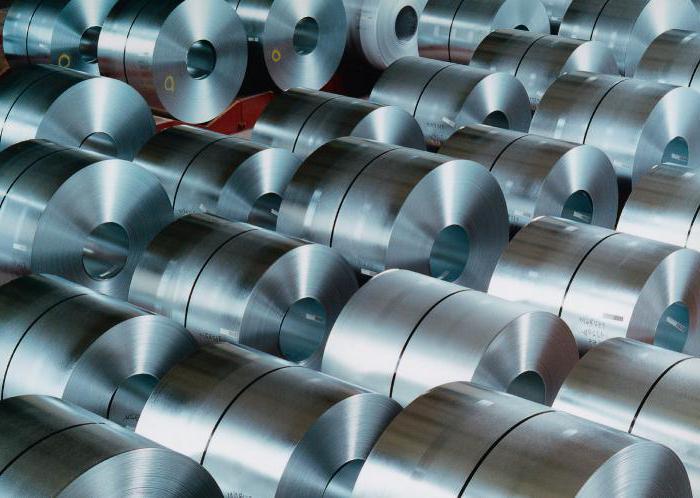
For deliveries without an accompanying invoice or identifying differences in the cost or quantity of actually received materials with information in the documents, an acceptance certificate is issued f. No. M-7. It is compiled by a special plenipotentiary commission, which receives materials on actual availability and discount prices. The total surplus is subsequently reflected as an increase in debt to the supplier, and the identified shortage of goods and materials is the reason for drawing up a claim to him.
The receipt of materials by the forwarder or other representative of the recipient company at the supplier’s warehouse is documented by issuing a power of attorney f. No. M-2 or M-2a - a document allowing to obtain goods and materials on behalf of the enterprise. On arrival in the pantry materials of own production make up the requirement-invoice f. No. M-11.
Useful residues from the dismantling of production equipment, buildings or other assets are in the warehouse according to the act f. No. M-35, which indicates the object of dismantling, the quantity, price and cost of the returnable waste received.
Features of pricing in materials accounting
The executed documents for the arrival of goods and materials are transferred to the accountant, maintaining the appropriate records. Accounting policies An enterprise adopts one of two existing stock valuation options. They can be taken into account at actual or discount prices.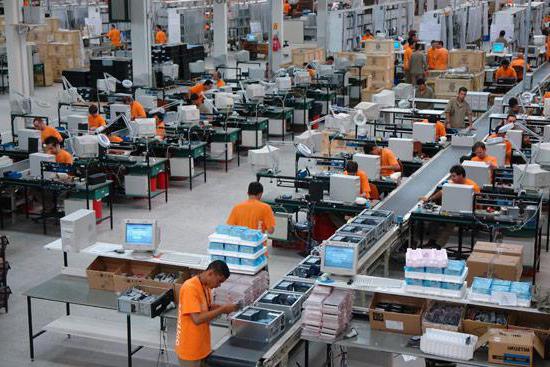
The actual prices of goods and materials are the amounts paid to suppliers in accordance with the agreements concluded, reduced by the cost of refundable taxes, but including the payment of costs associated with the purchase. A similar accounting method is used mainly by companies with a small inventory.
Accounting prices are set by the enterprise independently in order to simplify the accounting of costs. This method is advantageous if there are a lot of items of value in the enterprise. The differences between the prices will be considered in the examples given.
Example No. 1 - accounting when applying the actual cost
Argo LLC buys stationery for the office for a total of 59,000 rubles including VAT. The accountant makes notes:
D 60 To 51 - 59 000 - bill paid.
D 10 K 60 - 50 000 - capitalization of goods and materials.
D 19 K 60 - 9 000 - VAT on inventories acquired.
D 26 K 10 - 50 000 - write-off of goods and materials (products issued to employees).
Discount prices
This method involves the use of a balance account No. 15 “Procurement / acquisition of goods and materials”, the debit of which should reflect the actual costs for the purchase of reserves, and for the loan - their accounting price.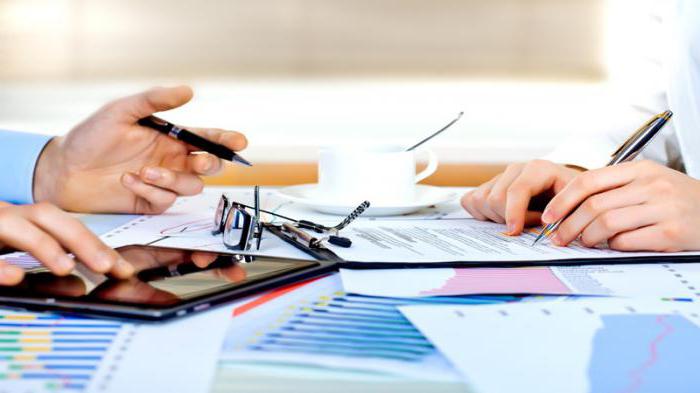
The difference between these amounts is charged to the account. 15 on the count. No. 16 “Deviations in the cost of goods and materials”. The total differences are written off (or reversed at negative values) to the accounts of the main production. When selling stocks, differences from the deviation account are reflected in the debit account. 91/2 “Other expenses”.
Example No. 2
PJSC Antey purchased paper for work - 50 packages. In the supplier’s invoice, the purchase price is 6,195 rubles. including VAT, i.e. the price of 1 package is 105 rubles, including VAT - 123.9 rubles.
Accounting entries:
D 60 K 51 - 6 195 rub. (bill payment).
D 10 K 15 - 5 000 rub. (posting of paper at discount price).
D 15 K 60 - 6 195 rub. (the actual price is fixed).
D 19 K 60 - 945 rub. (“Input” VAT).
The accounting value amounted to 5,000 rubles., Actual - 5,250 rubles., Which means:
D 16 K 15 - 250 rubles. (written off the amount of excess of the actual price over the accounting).
D 26 K 10 - 5 250 rub. (written off the cost of paper transferred to production).
At the end of the month, the deviations recorded in the debit account. 16 are debited to cost accounts:
D 26 K 16 - 250 rubles.
Storage of goods and materials
Values not always stored are reflected in balance sheet accounts as acquired. Sometimes in the pantry companies stored materials that do not belong to her. This happens when warehouse areas are leased to other enterprises or goods and materials belonging to other companies are accepted for safekeeping, that is, they are only responsible for the safety of goods and materials.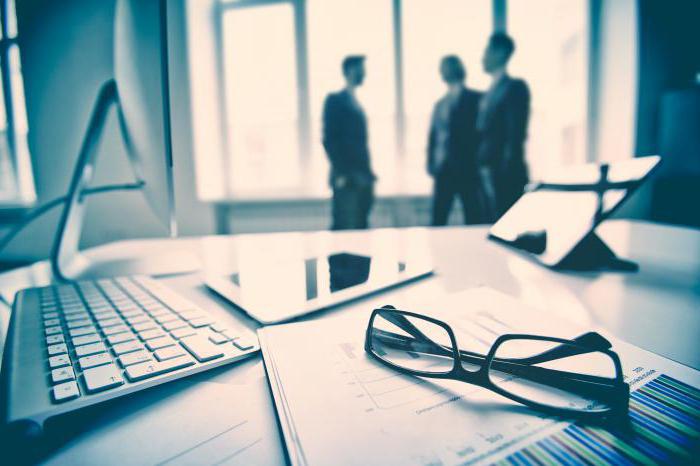 Such materials do not participate in the production process of the organization and are accounted for in the balance on account 002 “Materials and materials accepted for safekeeping”.
Such materials do not participate in the production process of the organization and are accounted for in the balance on account 002 “Materials and materials accepted for safekeeping”.
The transfer of goods and materials to custody is executed by drawing up relevant agreements fixing all the basic conditions of the contract: terms, cost, circumstances.
Retirement of goods and materials
The movement of materials is a normal production process: they are regularly released for processing, transferred for their own needs, sales or write-offs in case of emergency. The release of stocks from the pantry is also documented. Retirement records are different. For example, the transfer of limited materials is drawn up with a limit fence card (f. M-8). When consumption rates are not established, vacation is carried out on demand-invoice f. M-11. The implementation is accompanied by the registration of the invoice f. M-15 for the release of goods and materials to the side.
Assessment of goods and materials on vacation
Letting stocks go into production, as well as at another retirement, goods and materials are evaluated using one of the methods, which is mandatory stipulated by the accounting policy of the company.They are applied for each group of materials, and there is one way for one financial year.
Assessed goods and materials:
• the cost of one unit;
• average cost;
• FIFO, that is, at the price of the first materials at the time of acquisition.
The first of these methods is used for stocks used by companies in an extraordinary way, for example, when manufacturing products from precious metals, or with a small nomenclature of groups of materials.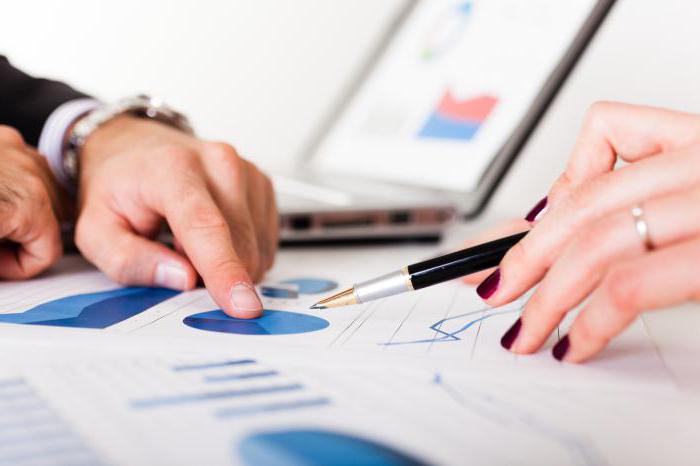
The most common way is considered the calculation of prices at the average cost. The algorithm is as follows: the total cost of a species or group of materials is divided by quantity. The calculation takes into account the balances of goods and materials (quantity / amount) at the beginning of the month and their receipt, i.e., such calculations are updated monthly.
AT FIFO method the cost of materials upon disposal is equal to the value of the acquisition price over time at an earlier date. This method is most effective if prices rise and lose relevance if the situation arises causing a fall in prices.
Accounting records at disposal of goods and materials
D 20 (23, 29) K 10 - transfer to production.
D 08 K 10 - vacation for construction with an economic way.
D 91 K 10 - write-off when selling or donating.
Analytical accounting of goods and materials is organized in storage places, that is, in pantries, and is a compulsory record keeping for each item of materials. Responsible persons are storekeepers, and supervisors are accountants. At the end of the month, the storekeeper displays the remnants of goods and materials on the cards, where they indicate the movement, opening and closing balances, the accountant checks them with the documents and confirms the correctness of the storekeeper’s calculations by painting in a special column of the card.
In accounting, on the basis of documented operations, the accountant deduces the balance of inventories in value terms, which is recorded in the second section of the balance sheet as the cost of goods and materials. A breakdown of the balances for each item is given in the statement of materials accounting.








